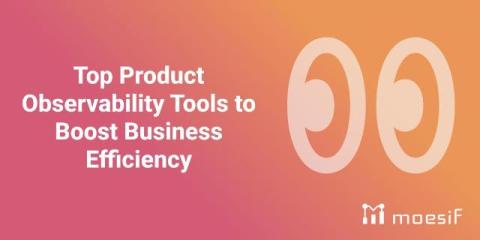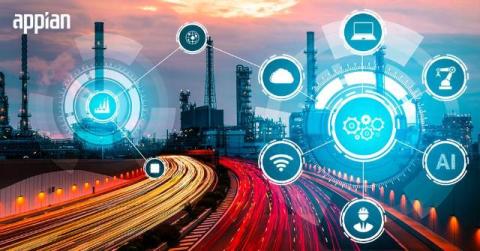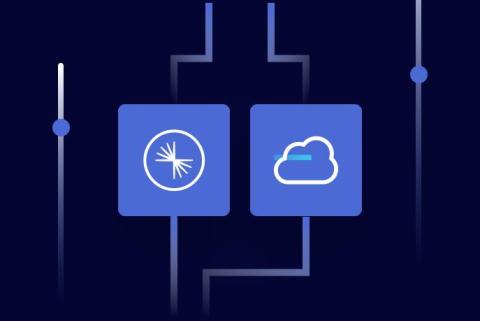Transform Now: Embrace Digital Transformation Today to Future-Proof Your Business Tomorrow
In today's fast-paced business world, the only constant is change, and nowhere is this more evident than in the realm of digital transformation. According to a report by Harvard Business Review, 84% of organizations believe that digital transformation has already disrupted their industry, highlighting the urgency for businesses to adapt or risk being left behind. With new advancements in digital practices like AI, automation, and cloud computing, keeping pace is essential for survival.











